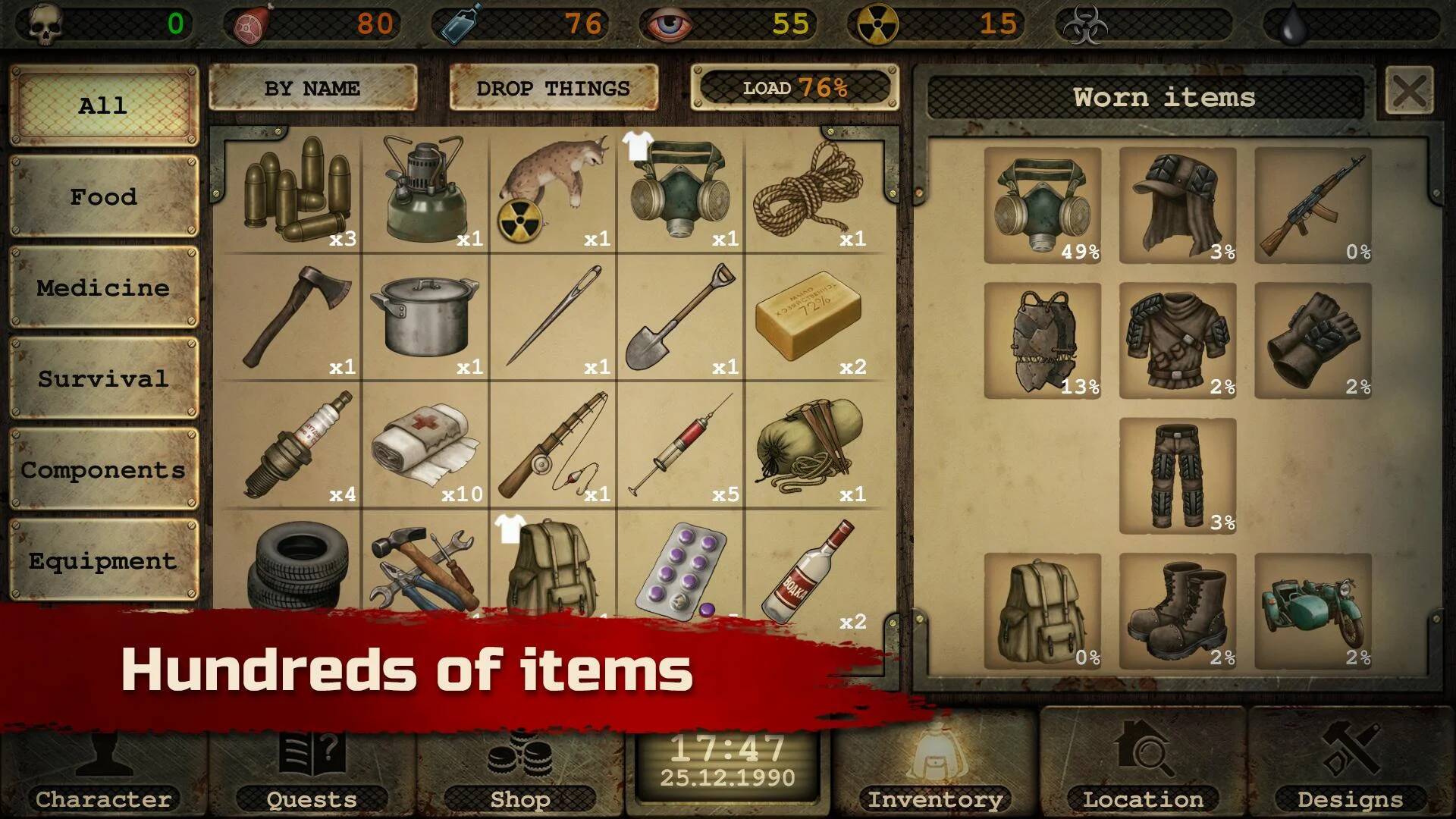
# Convert to class date linelist % mutate (date_onset = as.Date ( date_of_onset, format = "%d/%m/%Y" ) ) Putting the format in quotation marks is necessary. For example, if your character dates are currently in the format “DD/MM/YYYY”, like “”, then you would use format = "%d/%m/%Y" to convert the values into dates. To format =, provide a character string (in quotes) that represents the current date format using the special “strptime” abbreviations below. If your values are already in one of R’s standard date formats (“YYYY-MM-DD” or “YYYY/MM/DD”) the format = argument is not necessary. Second, within the as.Date() function, use the format = argument to tell R the current format of the character date components - which characters refer to the month, the day, and the year, and how they are separated. If you are unsure or confused about the class of your data (e.g. you see “POSIXct”, etc.) it can be easiest to first convert the column to class Character with as.character(), and then convert it to class Date.
#Day r survival base how to
Later in this section we will discuss how to change the display of date values.īelow we present two approaches to converting a column from character values to class Date. You will not interface with the date number often, but this allows for R to treat dates as continuous variables and to allow special operations such as calculating the distance between dates.īy default, values of class Date in R are displayed as YYYY-MM-DD. In the background, R will store the dates as numbers (the number of days from its “origin” date ). Once told, R converts these values to class Date. R must be told that these values are dates… and what the format of the date is (which part is Day, which is Month, which is Year, etc). In these cases, R is likely still treating these values as Character values.

Here we present several ways to convert date columns to Date class.Īfter importing a dataset into R, date column values may look like “0”, “”, or “”.Dates are an object class and can be tricky to work with.It is important to make R recognize when a column contains dates.These objects are informally referred to as datetime classes. Date time objects are formally referred to as POSIXt, POSIXct, and/or POSIXlt classes (the difference isn’t important).

It should be noted that there is also a class that stores objects with date and time. To make matters more difficult, there are many ways a date can be formatted and you must help R know which part of a date represents what (month, day, hour, etc.).ĭates in R are their own class of object - the Date class.
#Day r survival base series
Upon import of raw data, R often interprets dates as character objects - this means they cannot be used for general date operations such as making time series and calculating time intervals. Luckily, dates can be wrangled easily with practice, and with a set of helpful packages such as lubridate. Below, we offer some tools and example to make this process less painful. Working with dates in R requires more attention than working with other object classes.



 0 kommentar(er)
0 kommentar(er)
